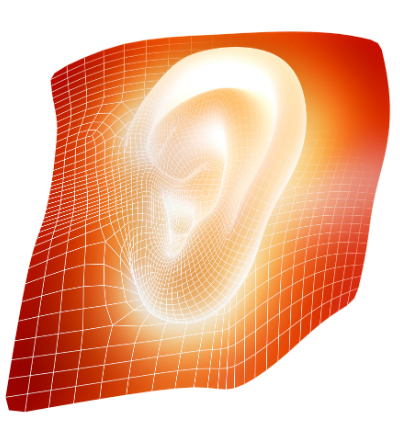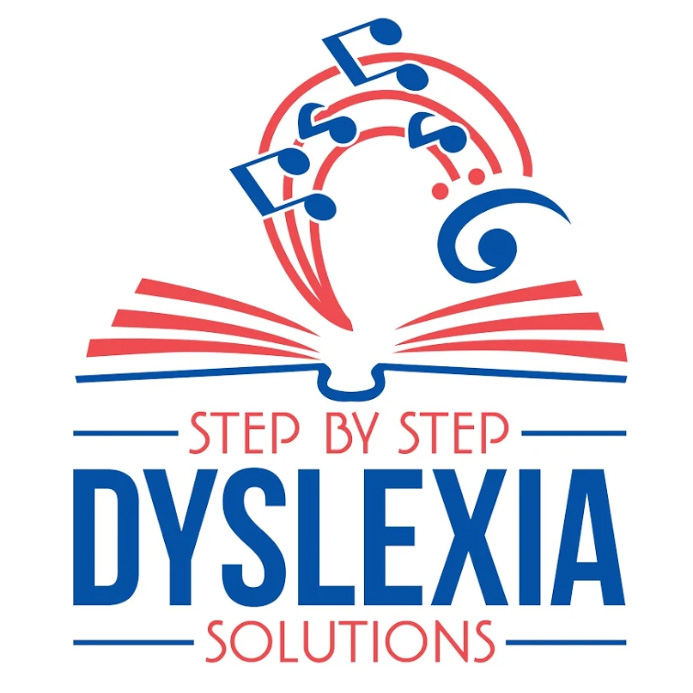Secrets to Help Your Child with Auditory Processing with Remote Schooling Tips
Can you imagine dealing with a bad phone connection every day? That would be uneasy. Gratefully, a call back on the cell phone can solve the problem. However, for children and adults that have auditory processing problems, this is their life. Auditory processing has an impact on learning. Weak social skills and reading can affect a person’s ability to read if not addressed. I’ll give you a brief description of auditory processing, including remote schooling tips. These tips are crucial for students that deal with auditory processing. This is the first step in getting dyslexia diagnosed. Noticing Auditory Processing.
~~~~~~~~~~~~~~~~~~~~~~~~~~~~~~~~~~~~~~~~~~~~~~~~~~~~~~~~~~~~~~~~~~~~~~

What is Auditory Processing?
Auditory Processing consists of how the brain perceives and thinks about that information that comes through your ears. When a teacher asks a question, auditory processing delays may make it difficult for dyslexic students to answer, unless the entire class is instructed to wait 15 seconds before raising hands to answer. Richard Lavoie explains in “FAT CITY” that if this doesn’t happen, the dyslexic student will raise his hand when the teacher asks the second question – intending to answer the first question. Humiliation! The class laughs at the student. You can see how embarrassing this would be to a dyslexic student who is really trying but has auditory processing delays. Can you see how a teacher writing answer(s) on the board with the question, would help the dyslexic student follow along with the class.

The faulty Corpus Callosum is a part of the issue. It slows processing down when information is transferred from one hemisphere to the other.
~~~~~~~~~~~~~~~~~~~~~~~~~~~~~~~~~~~~~~~~~~~~~~~~~~~~~~~~~~~~~~~~~~~~~~
I recall a coworker with an auditory processing problem. She could also have been a second language learner, but in both cases, the issue needs to be addressed the same way. My first job was in retail right out of college with a BA. I was in the “Manager Trainee Program” in a large department store (do you remember Bullocks?) with one other assistant manager. Our manager gave us an assignment and required “This is “Due tomorrow.” My colleague understood her to mean “Do tomorrow.” Oh my, did I look like a hero, having all my work accomplished? How embarrassed my colleague was when our manager screamed and yelled at her, humiliating her.
Similarly, auditory processing deficits require clarification. Dyslexic kiddos lack self – confidence and won’t ask questions. They don’t learn by watching others. They need explicit instruction and modeling.
People will call me and say, “I don’t know if my child has dyslexia but she has auditory processing deficits.” What most people don’t realize is that auditory processing deficits is an underlying factor of dyslexia. It’s often what makes a student eligible under SLD (Specific Learning Disabilities) in a Special Education Program. The exciting thing to know is that dyslexia is neurobiological and the brain can be retrained. We can have our dyslexic students learn to read and exit Special Education (at least for reading), when we teach them with a multisensory reading program.

Jobs of the left and right hemispheres of the brain.
Functional MRIs show that non-dyslexic people read from the left side of the brain. But dyslexic children are reading from the right side of the brain (the right angular gyrus), yet the brain scans barely light up. Neuroscientist Dr. Roger Sperry (1960) gave us a huge clue on how to help students in the classroom.

The science of the Split Brain Theory which won him a Nobel Prize in the 1908s.We can work with the left and right sides of the brain independently. Dr. Roger Sperry was famous for the Split Brain Theory in the 1960s and won a Nobel Prize in the 1980s.
What we do with the Step By Step Reading program is to send music in an earphone as we teach with an Orton-Gillingham-based reading structure. The music in the left ear (in a separate earphone) is sent directly to the right angular gyrus, giving it a job to do so it doesn’t take over the reading. ![]() (click for IOS app). Then we speak and also play spelling words in the right ear (via a separate earphone with spelling exercises) which go directly to the left angular gyrus. (click for Android App). I see this as “Pilates of the brain.” It is so cool, and students will make faster progress. If they also to have ADD or ADHD (which many dyslexic kiddos do), the music played in the left ear will also settle their brains and allow them to learn. Pretty amazing tip: Allow students to listen to classical music in a left earbud when studying and working on academics.
(click for IOS app). Then we speak and also play spelling words in the right ear (via a separate earphone with spelling exercises) which go directly to the left angular gyrus. (click for Android App). I see this as “Pilates of the brain.” It is so cool, and students will make faster progress. If they also to have ADD or ADHD (which many dyslexic kiddos do), the music played in the left ear will also settle their brains and allow them to learn. Pretty amazing tip: Allow students to listen to classical music in a left earbud when studying and working on academics.
~~~~~~~~~~~~~~~~~~~~~~~~~~~~~~~~~~~~~~~~~~~~~~~~~~~~~
Remote Schooling Tips
During this unforeseen time, we want to give parents and students every opportunity to succeed. Here are ten additional tips for supporting your child with auditory challenges:
- Brighten your child’s computer screen so they can see the teacher’s face.
- Get your child headphones to help get clear sound and block outside noise and distractions.
- Make sure your child’s face is well-lit on the computer screen so the teacher can see if they look confused. The same applies to teachers as well. The eyes and facial expression support perception.
- Parents check with the teacher to see if they can provide information in case your student misses something.
- Teachers need to use visuals to support learning. Use a document camera. This camera plugs into your computer and allows you to show the students what you are doing.
- Listening is fatiguing for your student. Give your student breaks to get up and move around. If you see your child continuously yawning they are overloaded and need a break.
- Put water on the student’s desk. Water can be energizing to the brain.
- Parents, if you have something to say to your child with auditory issues, don’t say it automatically. Get their attention and look them in the eye.
- Slow down as you talk by taking longer pauses between phrases.
- Find ways to have your child repeat the information.
Please share this information with others, check out all the free training we offer, and let’s work together to help our children read.

